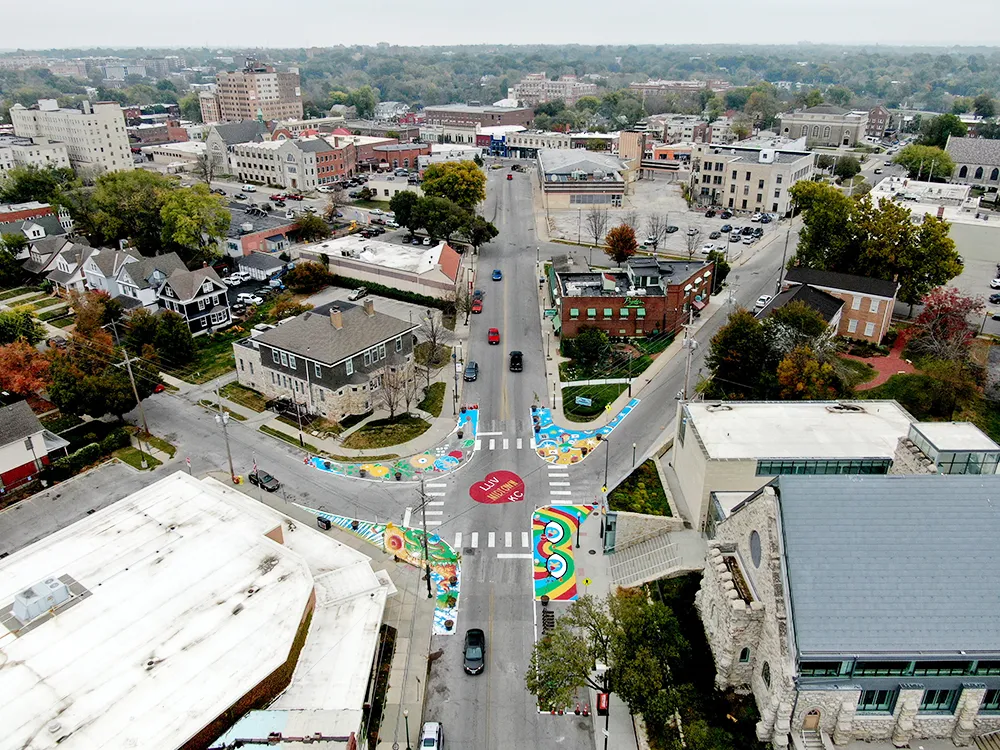The light strips, which have been implemented at two pedestrian crossings located near popular amenities frequented by a high volume of pedestrians across different demographics, such as young people and elderly pedestrians.
The light strips are embedded in pavements near the edge of the crossing and will operate in conjunction with the pedestrian traffic lights to switch between steady green, flashing green and steady red signals. When the green man signal is lit to indicate pedestrians’ right of way, the light strips will show a steady green. When the lights are about to change, the strips will adopt the flashing green signal to warn pedestrians that it is unsafe to proceed. When the red man signal is lit, the light strips will be steady red to draw the attention of pedestrians, warning them not to cross.
Site observations and analysis, as well as public perception surveys will be carried out during the trial period to seek the public’s views on the light strips’ effectiveness.
Singapore trials LED pedestrian crossing light strips
Singapore’s Land Transport Agency (LTA) is embarking on a six-month trial to study whether the LED light strips are useful in encouraging pedestrians to focus on the traffic signals at pedestrian crossings and whether they are suitable for Singapore’s local context and climate. The light strips, which have been implemented at two pedestrian crossings located near popular amenities frequented by a high volume of pedestrians across different demographics, such as young people and elderly pedestrians.
May 10, 2017
Read time: 2 mins
Singapore’s Land Transport Agency (LTA) is embarking on a six-month trial to study whether the LED light strips are useful in encouraging pedestrians to focus on the traffic signals at pedestrian crossings and whether they are suitable for Singapore’s local context and climate.








